Ultimate Logging Boots: Rugged Footwear for Forestry Professionals

Origin of Logger Boots
Forestry professionals need boots designed to withstand the unique challenges of their work environment. A good pair of logging boots not only offers comfort but also essential protection and adaptability to the rough terrains and hazardous conditions of the forest. Here's a closer look at the features needed in logging boots, with examples of when each feature is critical.
Durability and Robust Construction
-
Thick, Durable Leather: Boots made from heavy, oil-tanned leather are essential for resisting tears and abrasions from underbrush or brambles.
- Example: When moving through thick undergrowth, durable leather prevents damage to the boots and protects the feet.
-
Robust Build: Look for boots with composite toe protection, which offers a lighter alternative to steel while still providing substantial safety.
- Example: A composite toe is crucial when handling logs or working with heavy machinery, as it protects against impact and compression injuries without the thermal conductivity of steel.
Protection Features
-
High Shaft: A taller boot shaft provides extra ankle support and protection from snakes and other potential hazards found in dense forest areas.
- Example: When climbing over logs or traversing uneven terrain, a high shaft helps prevent ankle sprains and offers protection against snake bites.
-
Waterproofing: Waterproof features are crucial for working in wet conditions, keeping feet dry and preventing fungal infections.
- Example: During rainy days or in damp environments, waterproof boots keep feet dry, enhancing comfort and health.
Adaptability to Challenging Terrains
-
Deep Lug Soles: Boots with aggressive tread patterns ensure better grip and stability on slippery or muddy ground.
- Example: Navigating steep, muddy hillsides safely requires boots with deep lugs that can dig into the soil and prevent slips.
-
Puncture-Resistant Soles: A vital feature when walking over forest debris like sharp sticks and rocks.
- Example: While clearing a trail or during routine walks in the forest, puncture-resistant soles protect feet from sharp objects hidden under fallen leaves.

Comfort and Ergonomic Support
-
Cushioned Insoles: These provide necessary comfort and impact absorption during long hours of standing or walking.
- Example: Spending the entire day on your feet, especially on hard or uneven surfaces, can be taxing without proper cushioning.
-
Arch-supportive Midsoles: These help distribute weight evenly, reducing foot fatigue and muscle strain.
- Example: For forestry workers who climb or frequently adjust their footing on uneven ground, supportive midsoles reduce the risk of fatigue-related injuries.
-
Breathable Linings: Important for maintaining a comfortable foot temperature and moisture level.
- Example: On hot days or during intense physical activity, breathable linings help prevent sweat buildup, reducing the risk of blisters and discomfort.
Practical Design and Aesthetic
-
Functional Features: Such as pull-on loops for easy wear and lace-up designs for a secure fit, enhancing both functionality and safety.
- Example: Quick pull-on loops are beneficial when boots need to be removed or put on frequently between tasks, and secure lacing ensures the boots stay snug during vigorous activities.
Why Choose the Superduty?
The Superduty boots are specifically crafted for the needs of forestry professionals, incorporating these essential features into a design that addresses the specific demands of forestry work. Their composite toe, puncture-resistant soles, and deep lug patterns are ideal for the rugged terrain and potential hazards of the forest, while their ergonomic support systems ensure all-day comfort and protection. These boots stand up to the challenge of the wilderness, making them the ultimate choice for logging professionals.
Check out the Superduty boots to experience firsthand their comprehensive features tailored for rugged forestry work.




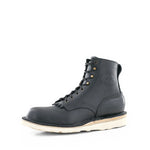
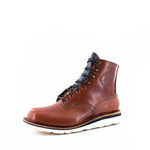
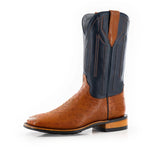
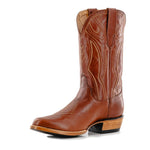
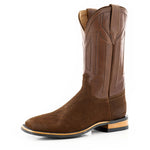



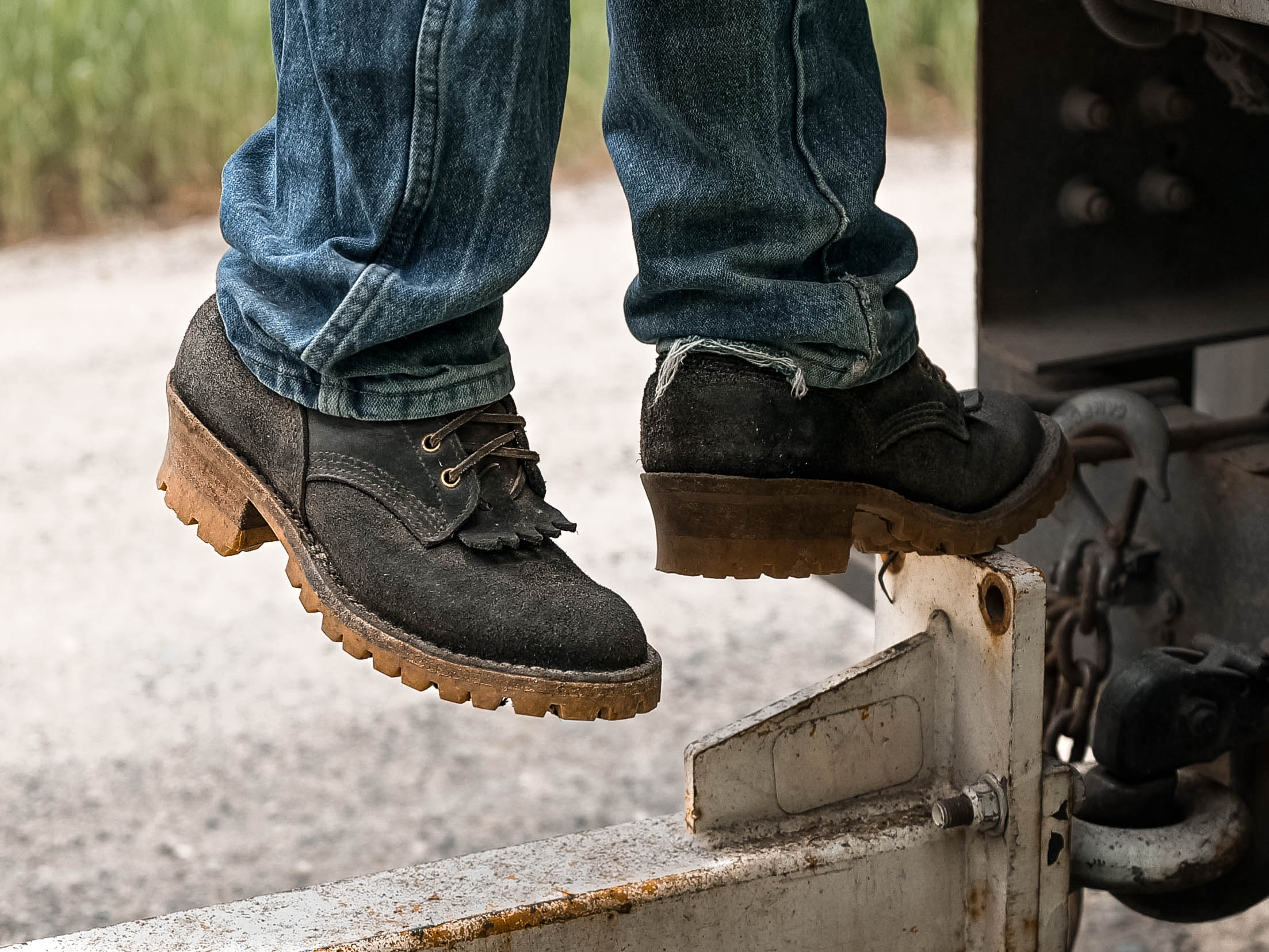
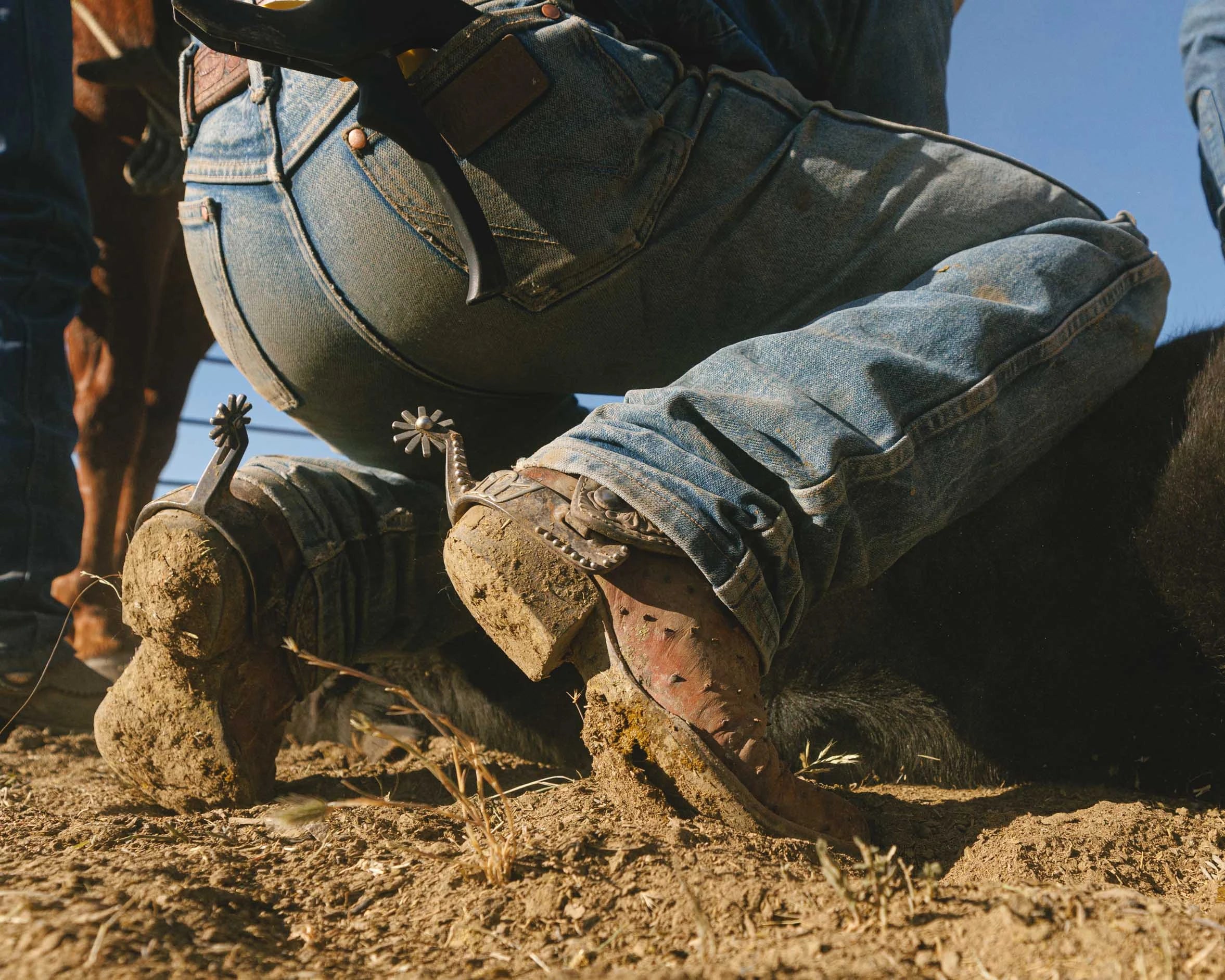
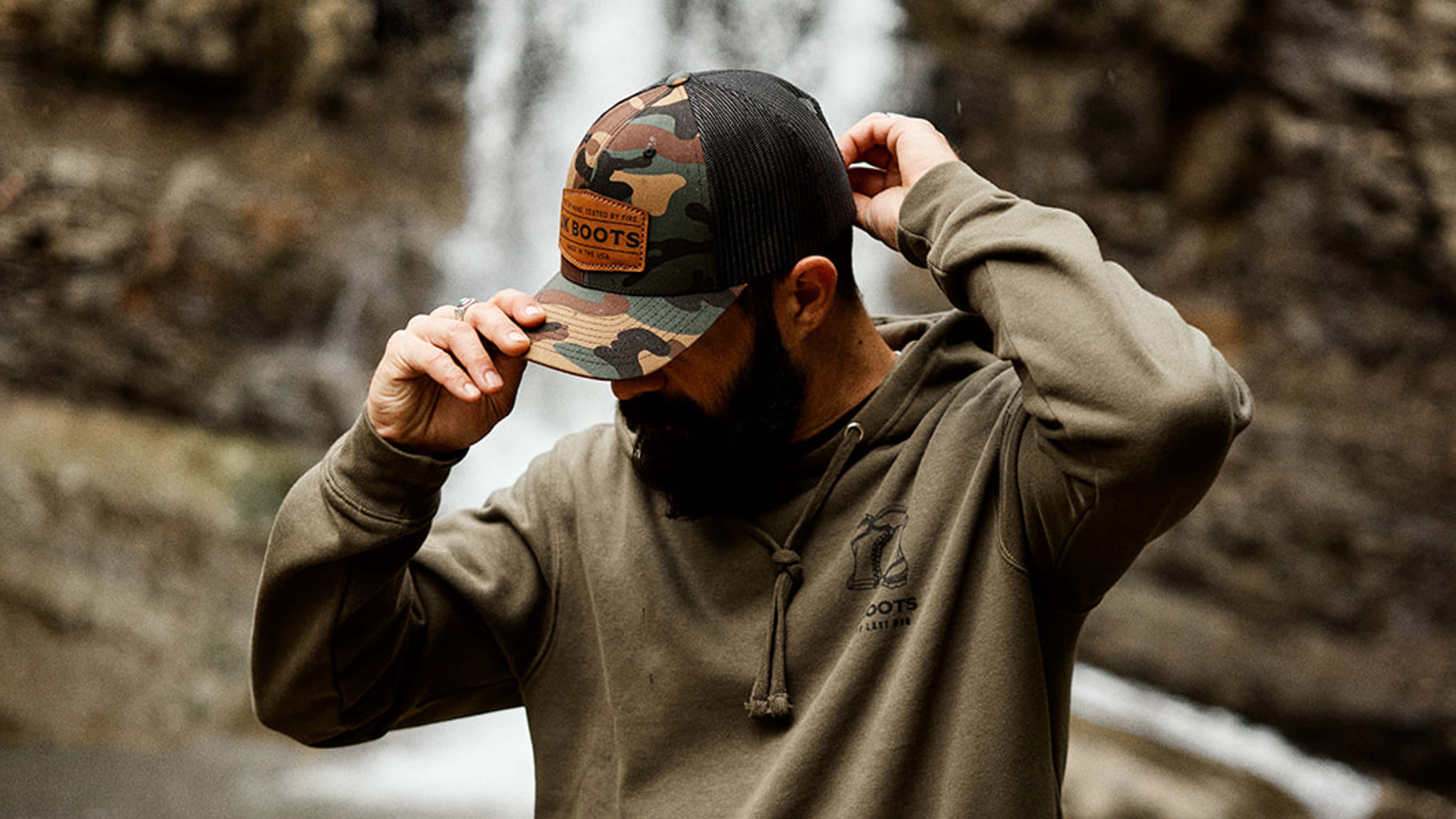
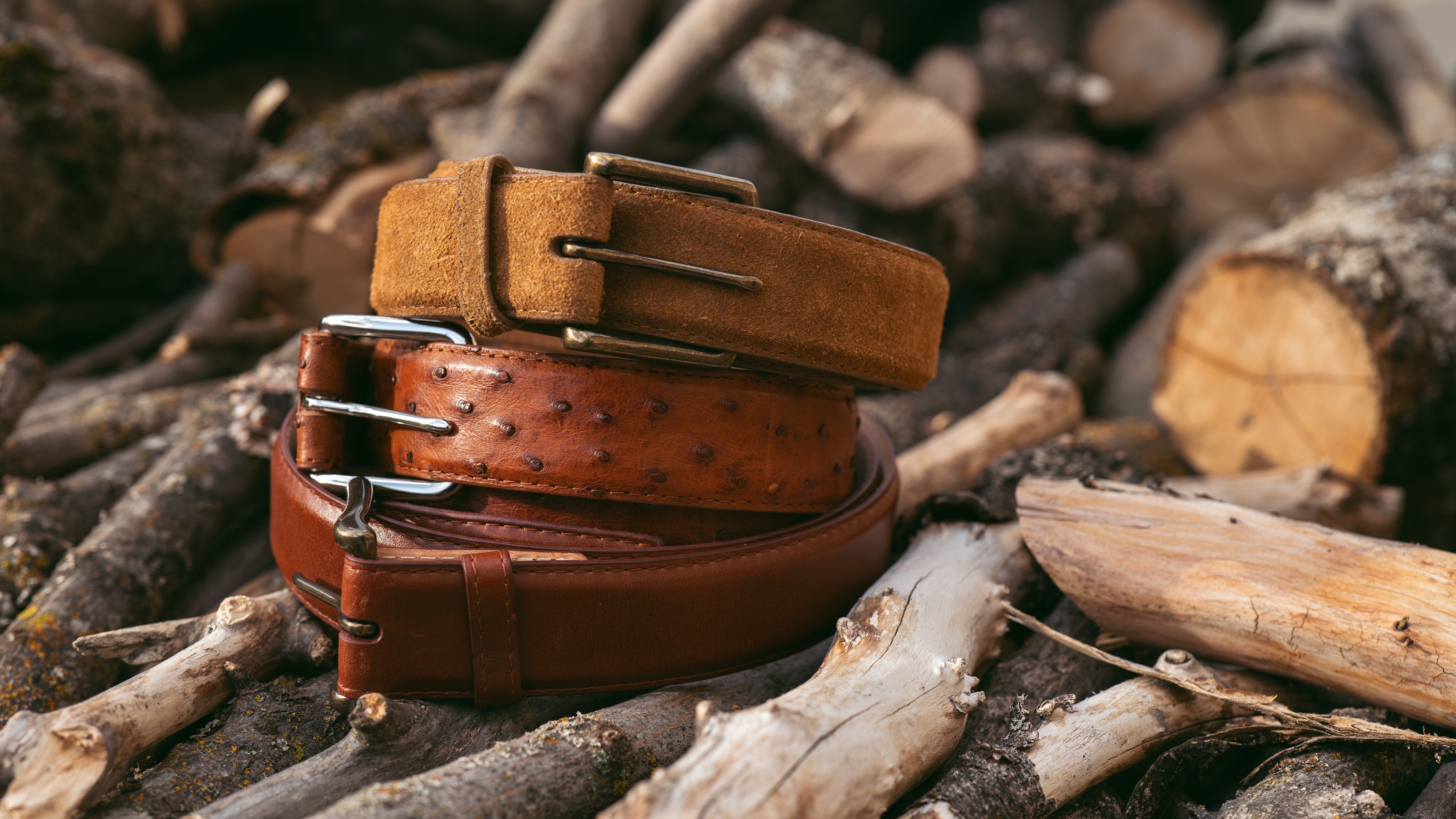

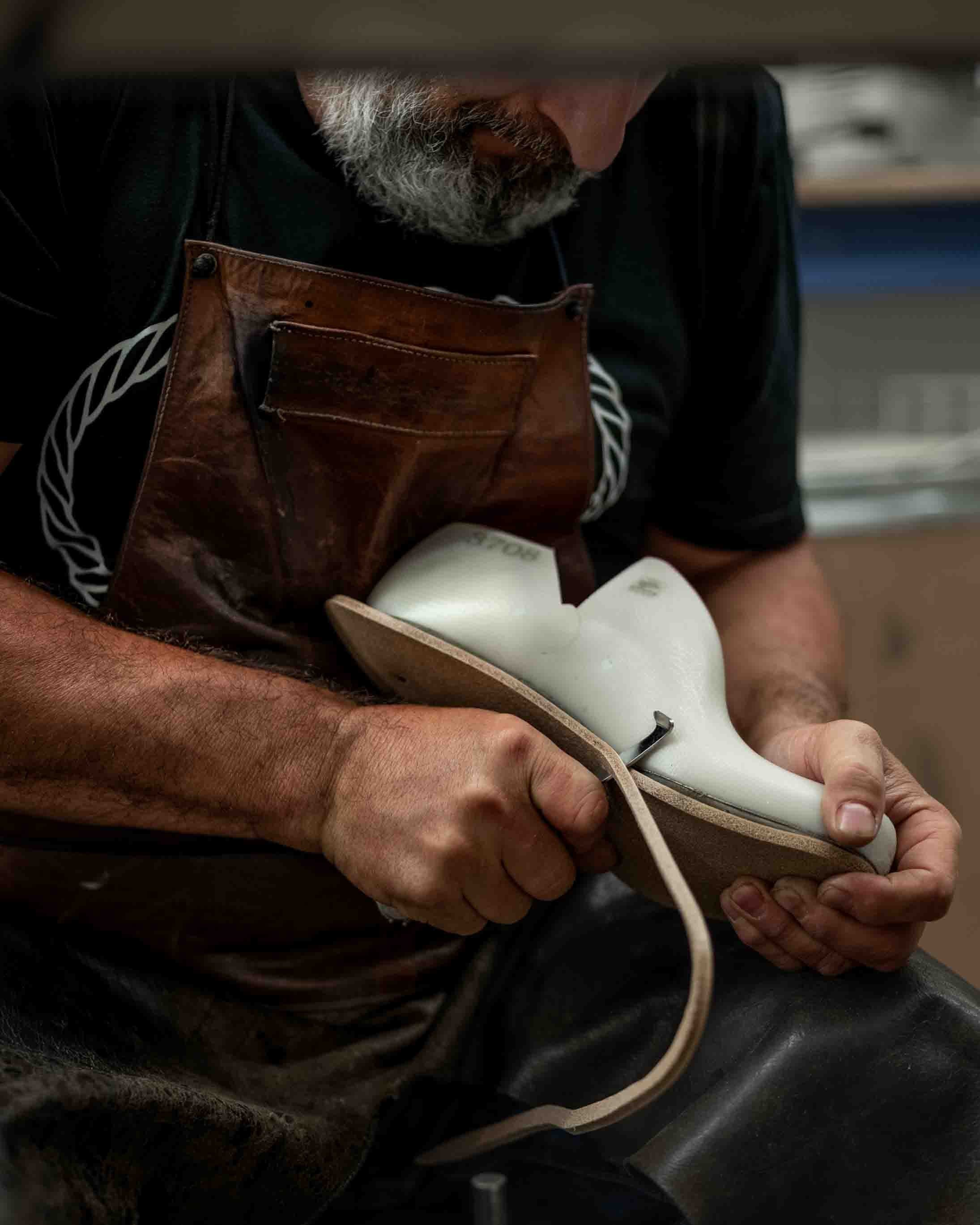
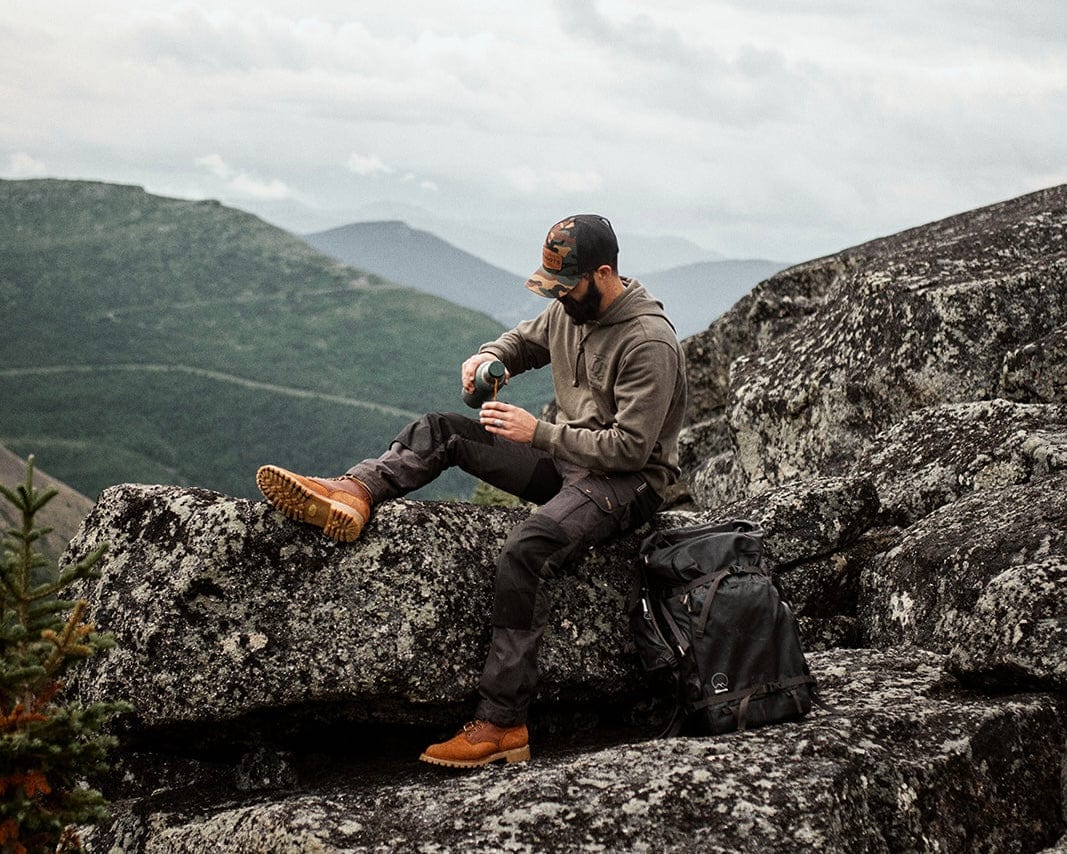
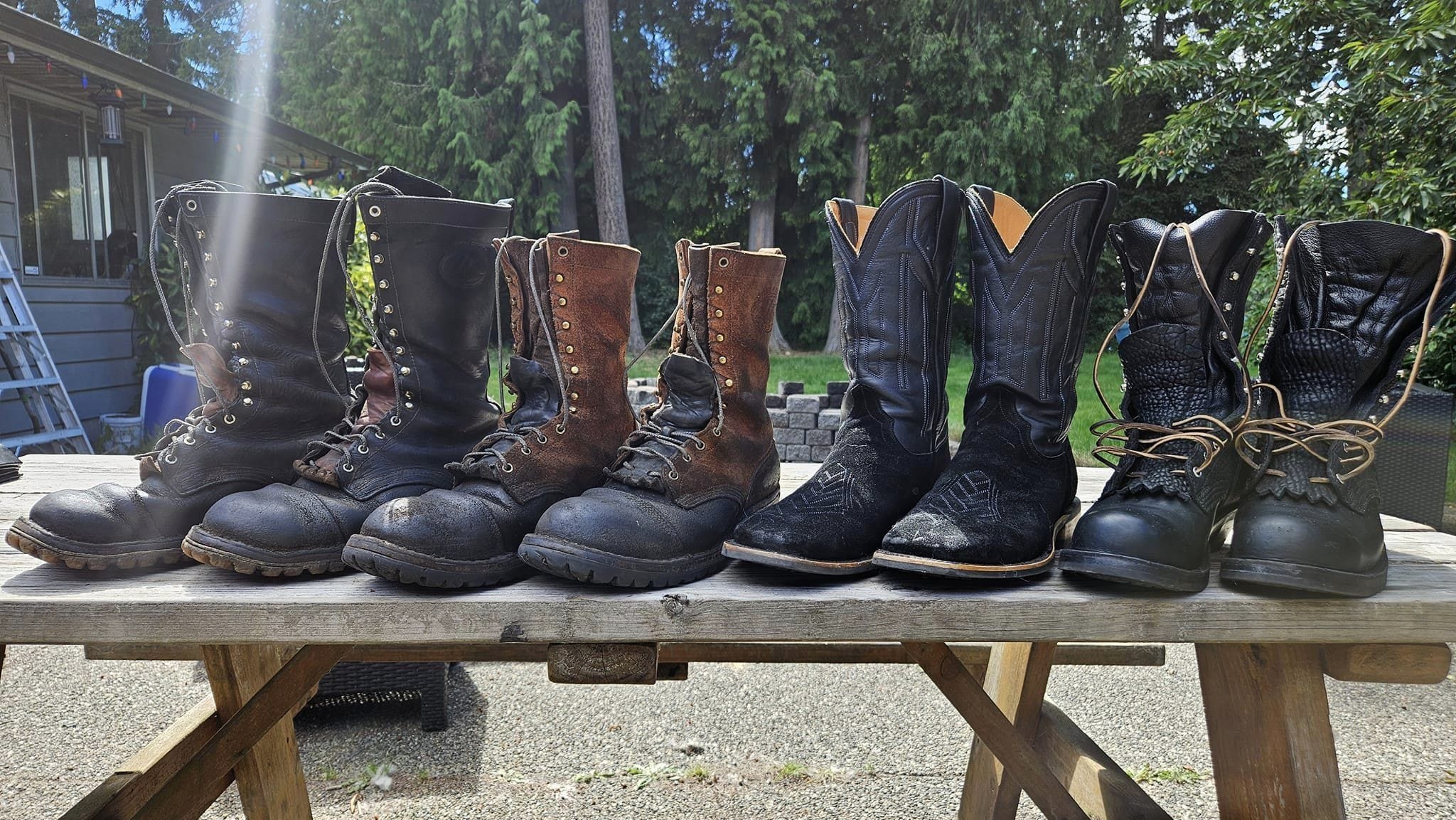
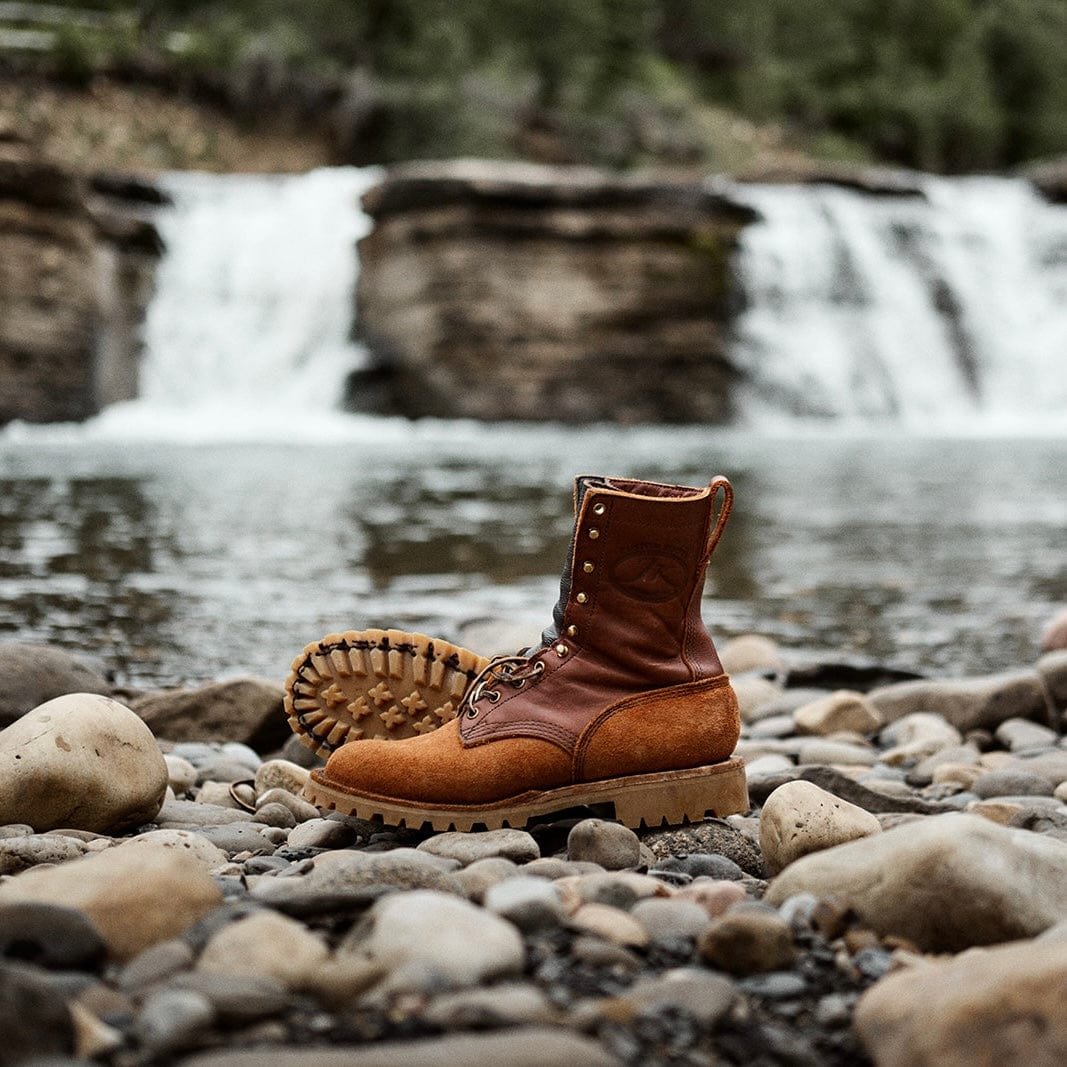
Leave a comment